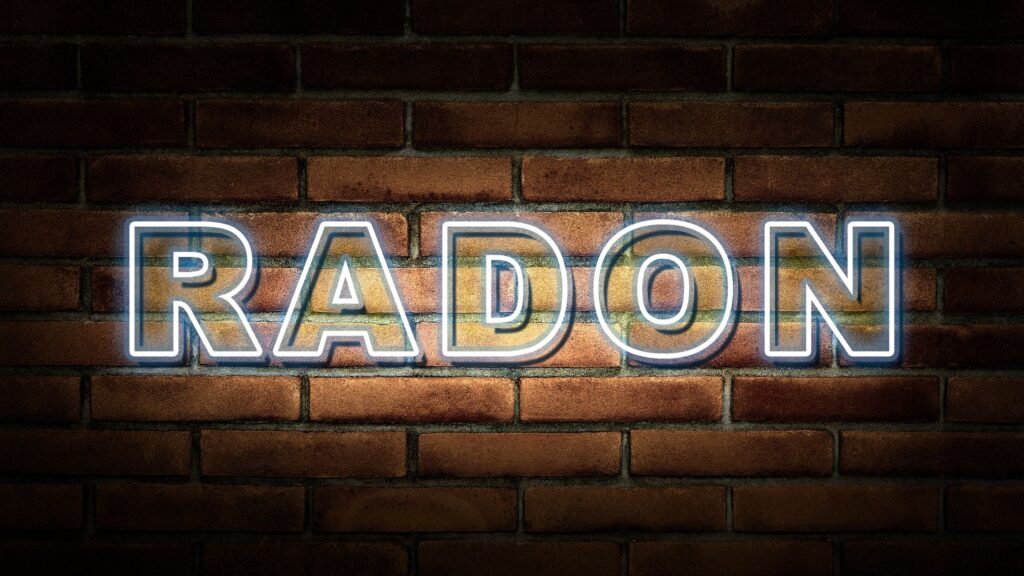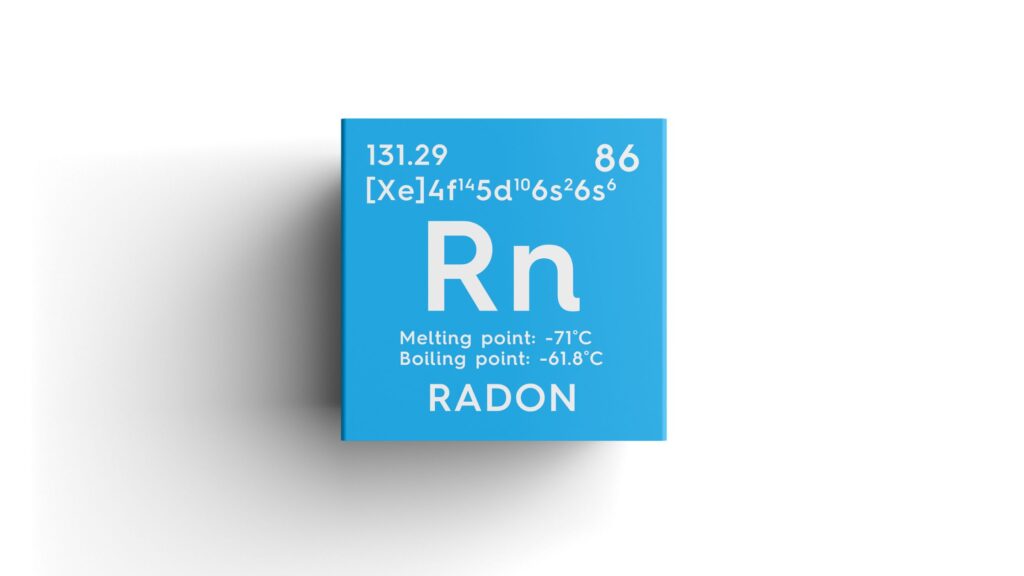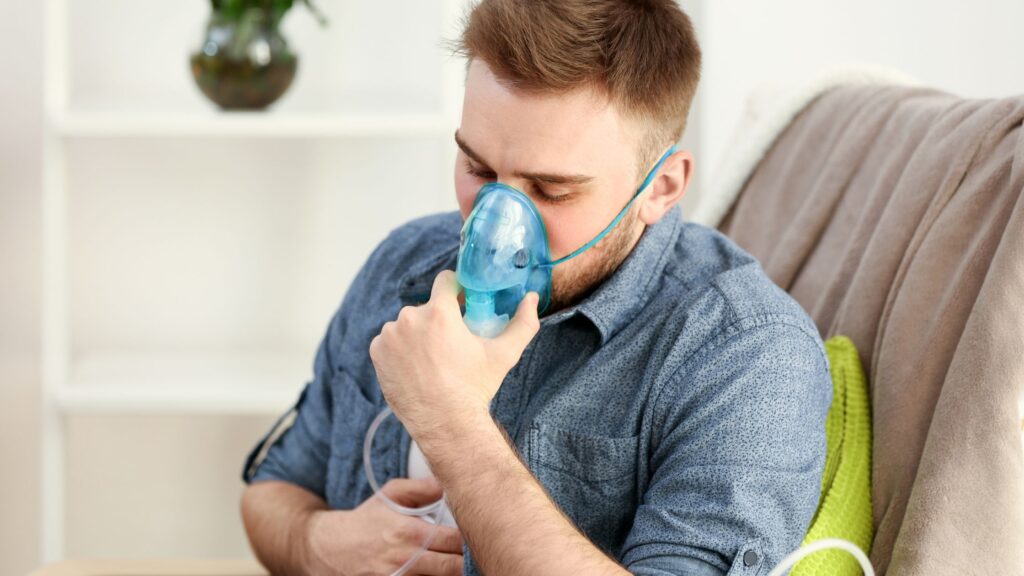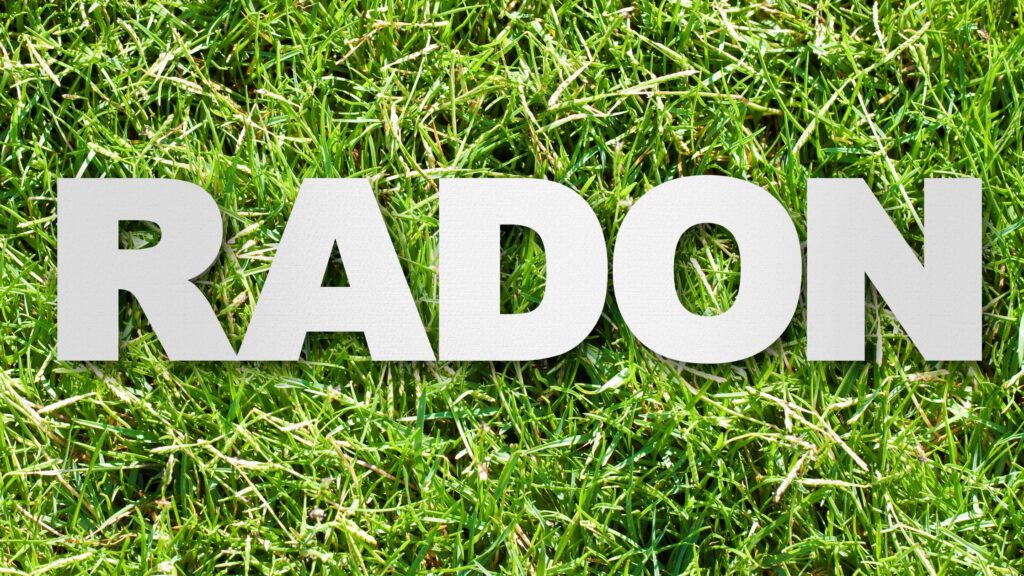Radon quietly threatens indoor air quality and increases health risks over time. Facing this, homeowners and businesses need reliable guidance—not hidden solutions. That’s where radon remediation services come in. They keep radon out of your building, protect your environment, and provide peace of mind.
This article explores essential steps, effective techniques, and local expertise to help you understand and select the right radon remediation services. Learn more about Radon Air Purification Systems.

Why Radon Remediation Services Matter
Investing in professional radon remediation services is critical for ensuring safe indoor air. These services provide multiple benefits that go beyond just reducing gas levels:
- Reduce exposure risks – Professional systems bring indoor radon down to safe thresholds, protecting the health of your family, staff, or tenants.
- Protect property value – A building with safe indoor air maintains its market value and appeals more to potential buyers or renters.
- Ensure compliance – In high-radon regions, remediation helps properties meet safety standards and recommended guidelines.
In locations such as Des Moines, where the soil naturally produces elevated radon levels, proper remediation is not just a precaution—it is an essential step for long-term safety and peace of mind.
Testing as the First Step
Every effective remediation plan starts with accurate testing. Professional radon remediation services rely on advanced equipment to detect and measure radon levels with precision. Testing options typically include:
- Short-term tests – These provide a quick snapshot of radon levels within a few days, helping identify immediate concerns.
- Long-term tests – Conducted over several months, these tests capture fluctuations caused by seasonal or environmental changes, giving a more reliable picture of exposure.
- Commercial property testing – Larger spaces such as schools, offices, or multifamily housing require specialized testing methods to ensure the entire property remains safe.
By confirming radon concentrations through professional testing, experts can recommend the most effective remediation system tailored to the property’s specific needs.
Effective Mitigation Methods
The most widely used method is active soil depressurization, where a fan system pulls radon gas from beneath the foundation and vents it outdoors before it enters the living space.
Other effective strategies include:
- Sub-membrane suction – This method seals crawlspaces with a durable plastic sheet and applies suction beneath the barrier to remove radon efficiently.
- Block-wall suction – Designed for homes with hollow or porous foundation walls, this technique extracts radon directly from the wall cavities.
- Drain-tile suction – By using an existing drain or sump system, this method channels radon safely outside without major structural changes.
These options highlight why radon remediation services must be tailored to each property’s design and foundation type.
Water and Airborne Radon Solutions
Radon can enter homes not only through the air but also through household water supplies. If left untreated, both sources can increase overall exposure risks. That is why comprehensive radon remediation services are designed to manage both air and water effectively.
- Waterborne radon solutions – Specialized systems such as aeration tanks or granular activated carbon filters treat water before it reaches faucets, ensuring radon is safely removed from household water supplies.
- Air purification systems – Enhanced ventilation strategies and filtration units reduce airborne radon particles and improve overall indoor air quality.
Installation and Ongoing Monitoring
Once the mitigation plan is finalized, certified technicians move forward with installation while keeping disruption to your daily life minimal. A well-executed setup is essential for lasting safety and efficiency. Key steps include:
- Sealed foundation cracks – Closing gaps in floors and walls prevents radon from seeping into the living space.
- Vent pipes – Durable piping channels radon from beneath the foundation and releases it safely above the roofline.
- Fans and monitors – High-quality fans ensure steady airflow, while monitoring devices help maintain consistent system performance.
However, installation is only the first step. Long-term safety requires regular monitoring. Experts recommend:
- Post-installation testing – Immediate testing verifies the system is effectively reducing radon levels.
- Routine checks every two years – Scheduled testing confirms radon remains at safe thresholds over time.
- Re-testing after renovations – Any structural change, such as basement finishing or new flooring, can create new entry points, so re-checking is critical.
With proper installation and ongoing evaluation, radon remediation services ensure a reliable defense against long-term exposure.
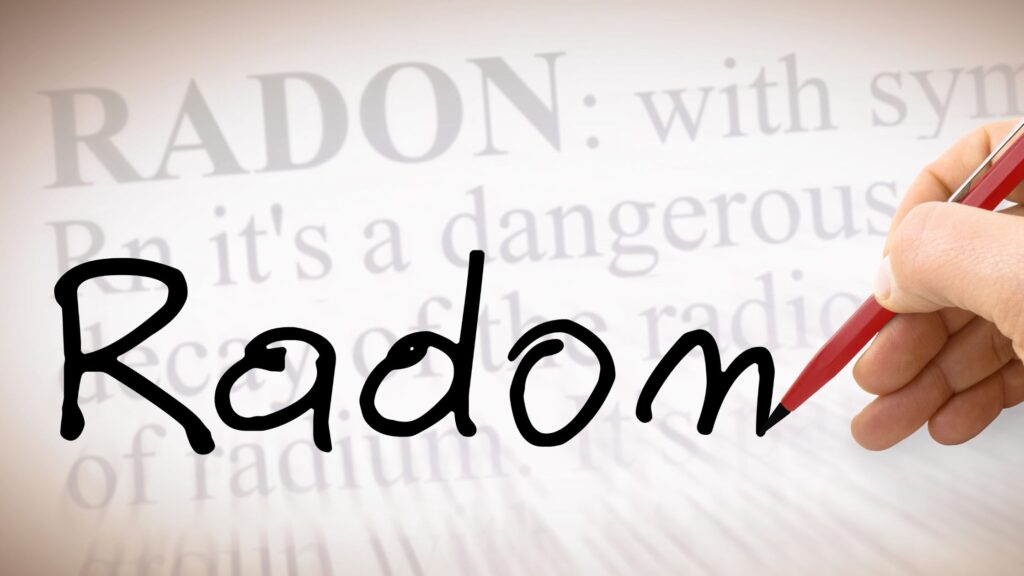
Choosing the Right Local Expert
Not all companies provide the same level of expertise, which makes choosing the right partner essential. When evaluating radon remediation services, consider the following factors:
- Certification – Look for professionals with NRPP (National Radon Proficiency Program) or NRSB (National Radon Safety Board) credentials. These certifications prove they follow industry best practices and maintain professional standards.
- Local experience – Providers familiar with local soil conditions, climate, and common building designs can design more effective and customized solutions.
- Service variety – A dependable company should offer both residential and commercial solutions, as well as systems that address radon in air and water.
- Clear communication – Skilled providers explain the process clearly, offer transparent recommendations, and deliver clean, organized installations.
- Community trust – Positive customer reviews, referrals, and repeat clients highlight consistent results and strong credibility.
By selecting a trusted expert, you ensure your radon issue is not just temporarily reduced but permanently addressed with long-term safety in mind.

Conclusion
Radon may be invisible, but the risks it brings to your health and property are very real. Fortunately, radon remediation services offer a dependable way to safeguard your indoor spaces. With precise testing, proven mitigation techniques, and consistent follow-up monitoring, you can keep radon levels under control and ensure cleaner, safer air for your family, employees, or tenants. If you are looking for trusted, certified, and locally experienced experts, visit DSM Radon. Their professional team delivers tailored solutions that give you lasting peace of mind.

